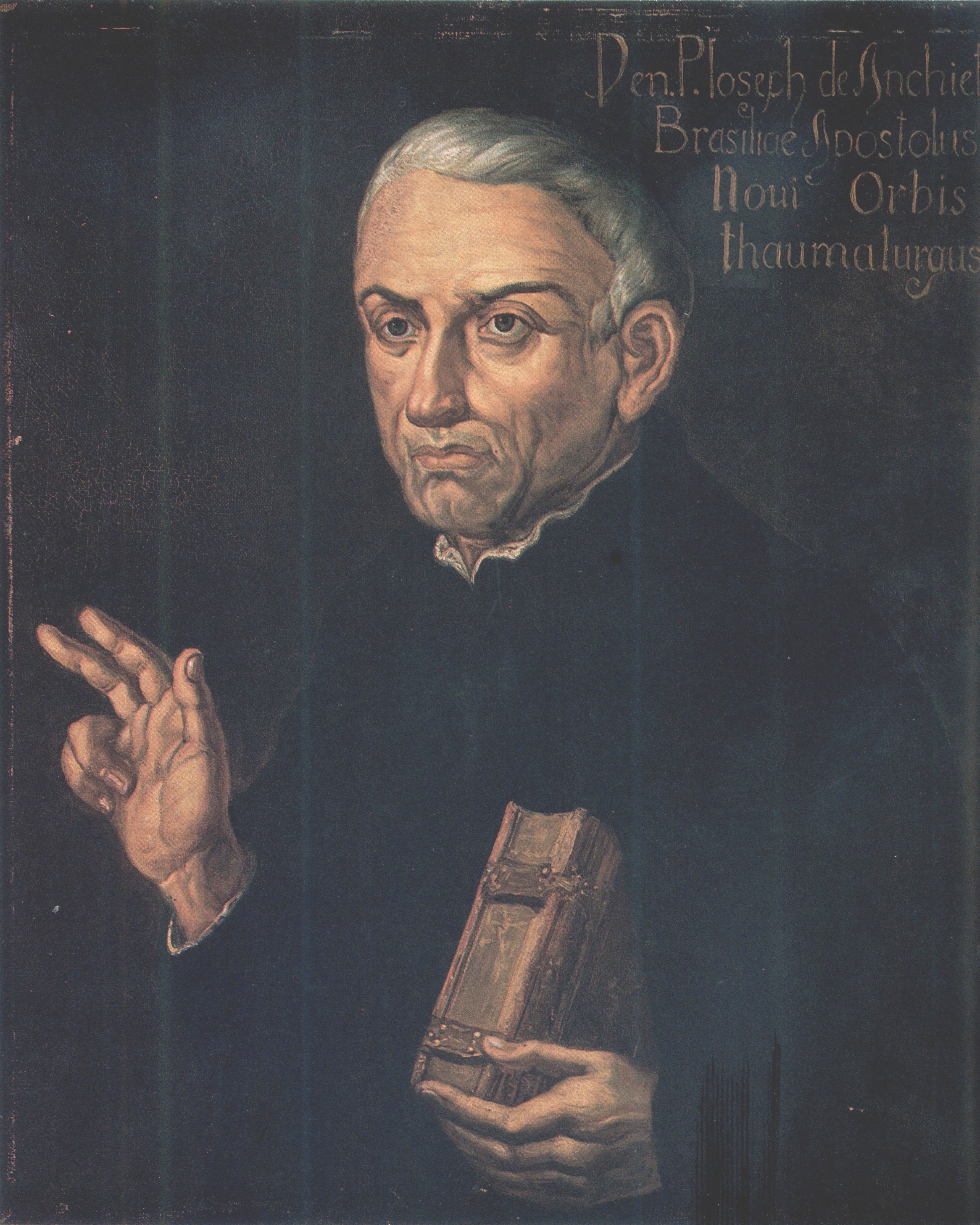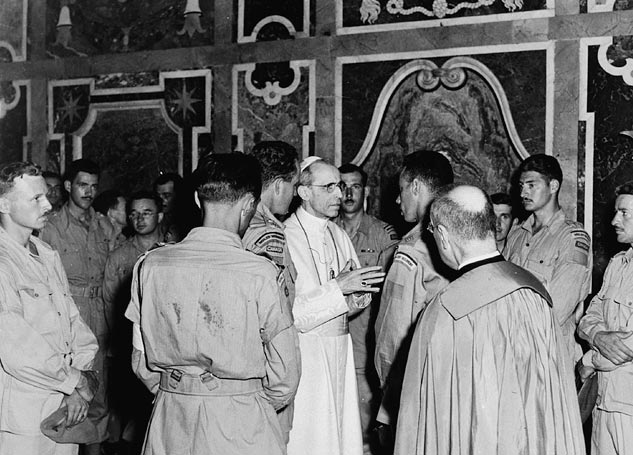|
Santuário Nacional De São José De Anchieta
The Santuário Nacional de São José de Anchieta (in English: National Sanctuary of Saint Joseph of Anchieta), formed by the Igreja de Nossa Senhora da Assunção (Church of Our Lady of the Assumption) and areas of the former Jesuit residence, is a Catholic temple located on a hillside on the Benevente River in the municipality of Anchieta, in Espírito Santo, Brazil. The Catholic Church named the space the National Sanctuary of Saint Joseph of Anchieta due to his canonization by Pope Francis in 2014, his appointment as Brazil's co-patron saint in 2015, and because it was the place chosen by the priest to spend his last days. In 1965, the Saint Joseph National Museum was created on the site, which preserves images, old liturgical objects from the church and objects from the former village of Reritiba. History The original building was made in stone and lime in 1579 by Joseph of Anchieta, in the town of Reritiba, now the city of Anchieta. A heritage site of significant hi ... [...More Info...] [...Related Items...] OR: [Wikipedia] [Google] [Baidu] |
Catholic Church
The Catholic Church (), also known as the Roman Catholic Church, is the List of Christian denominations by number of members, largest Christian church, with 1.27 to 1.41 billion baptized Catholics Catholic Church by country, worldwide as of 2025. It is among the world's oldest and largest international institutions and has played a prominent role in the history and development of Western civilization.Gerald O'Collins, O'Collins, p. v (preface). The church consists of 24 Catholic particular churches and liturgical rites#Churches, ''sui iuris'' (autonomous) churches, including the Latin Church and 23 Eastern Catholic Churches, which comprise almost 3,500 dioceses and Eparchy, eparchies List of Catholic dioceses (structured view), around the world, each overseen by one or more Bishops in the Catholic Church, bishops. The pope, who is the bishop of Rome, is the Papal supremacy, chief pastor of the church. The core beliefs of Catholicism are found in the Nicene Creed. The ... [...More Info...] [...Related Items...] OR: [Wikipedia] [Google] [Baidu] |
Captaincy Of Espírito Santo
The Captaincy of Espírito Santo ( Portuguese: ''Capitania do Espírito Santo'') was one of the administrative units into which the territory of Brazil was divided during the colonial period. History There is no consensus regarding the date on which the territory, now known as Espírito Santo, was recognized. The best-known version states that it was identified by Portuguese navigators in 1501, becoming the target of brazilwood smugglers right from the beginning. Another version, defended by Professor Estilaque Ferreira da Silva, points out that the territory may have been approached a few years later due to physical obstacles to navigation from Porto Seguro to the south of the country, which forced ships to go around, rather than bordering the area. Establishment of the captaincy On June 1, 1534, after the establishment of the Hereditary Captaincy system by the Portuguese Empire to colonize Brazil, the territory of Espírito Santo, which comprised the area between the mouth ... [...More Info...] [...Related Items...] OR: [Wikipedia] [Google] [Baidu] |
History Of Brazil
Before the arrival of the Europeans, the lands that now constitute Brazil were occupied, fought over and settled by diverse tribes. Thus, the history of Brazil begins with the indigenous people in Brazil. The Portuguese arrived to the land that would become Brazil on April 22, 1500, commanded by Pedro Álvares Cabral, an explorer on his way to India under the sponsorship of the Kingdom of Portugal and the support of the Catholic Church. Between the 16th to the early 19th century, Brazil was created and expanded as a colony, kingdom and an integral part of the Portuguese Empire. Brazil was briefly named "Land of the Holy Cross" by Portuguese explorers and crusaders before being named "Land of Brazil" by the Brazilian-Portuguese settlers and merchants dealing with brazilwood. The country expanded south along the coast and west along the Amazon and other inland rivers from the original 15 hereditary captaincy colonies established on the northeast Atlantic coast east of the Tor ... [...More Info...] [...Related Items...] OR: [Wikipedia] [Google] [Baidu] |
Museums In Brazil
A museum is an institution dedicated to displaying or preserving culturally or scientifically significant objects. Many museums have exhibitions of these objects on public display, and some have private collections that are used by researchers and specialists. Museums host a much wider range of objects than a library, and they usually focus on a specific theme, such as the arts, science, natural history or local history. Public museums that host exhibitions and interactive demonstrations are often tourist attractions, and many draw large numbers of visitors from outside of their host country, with the most visited museums in the world attracting millions of visitors annually. Since the establishment of the earliest known museum in ancient times, museums have been associated with academia and the preservation of rare items. Museums originated as private collections of interesting items, and not until much later did the emphasis on educating the public take root. Etymology The ... [...More Info...] [...Related Items...] OR: [Wikipedia] [Google] [Baidu] |
Catholic Churches By Country
The Catholic Church (), also known as the Roman Catholic Church, is the largest Christian church, with 1.27 to 1.41 billion baptized Catholics worldwide as of 2025. It is among the world's oldest and largest international institutions and has played a prominent role in the history and development of Western civilization.O'Collins, p. v (preface). The church consists of 24 ''sui iuris'' (autonomous) churches, including the Latin Church and 23 Eastern Catholic Churches, which comprise almost 3,500 dioceses and eparchies around the world, each overseen by one or more bishops. The pope, who is the bishop of Rome, is the chief pastor of the church. The core beliefs of Catholicism are found in the Nicene Creed. The Catholic Church teaches that it is the one, holy, catholic and apostolic church founded by Jesus Christ in his Great Commission, that its bishops are the successors of Christ's apostles, and that the pope is the successor of Saint Peter, upon whom primacy ... [...More Info...] [...Related Items...] OR: [Wikipedia] [Google] [Baidu] |




